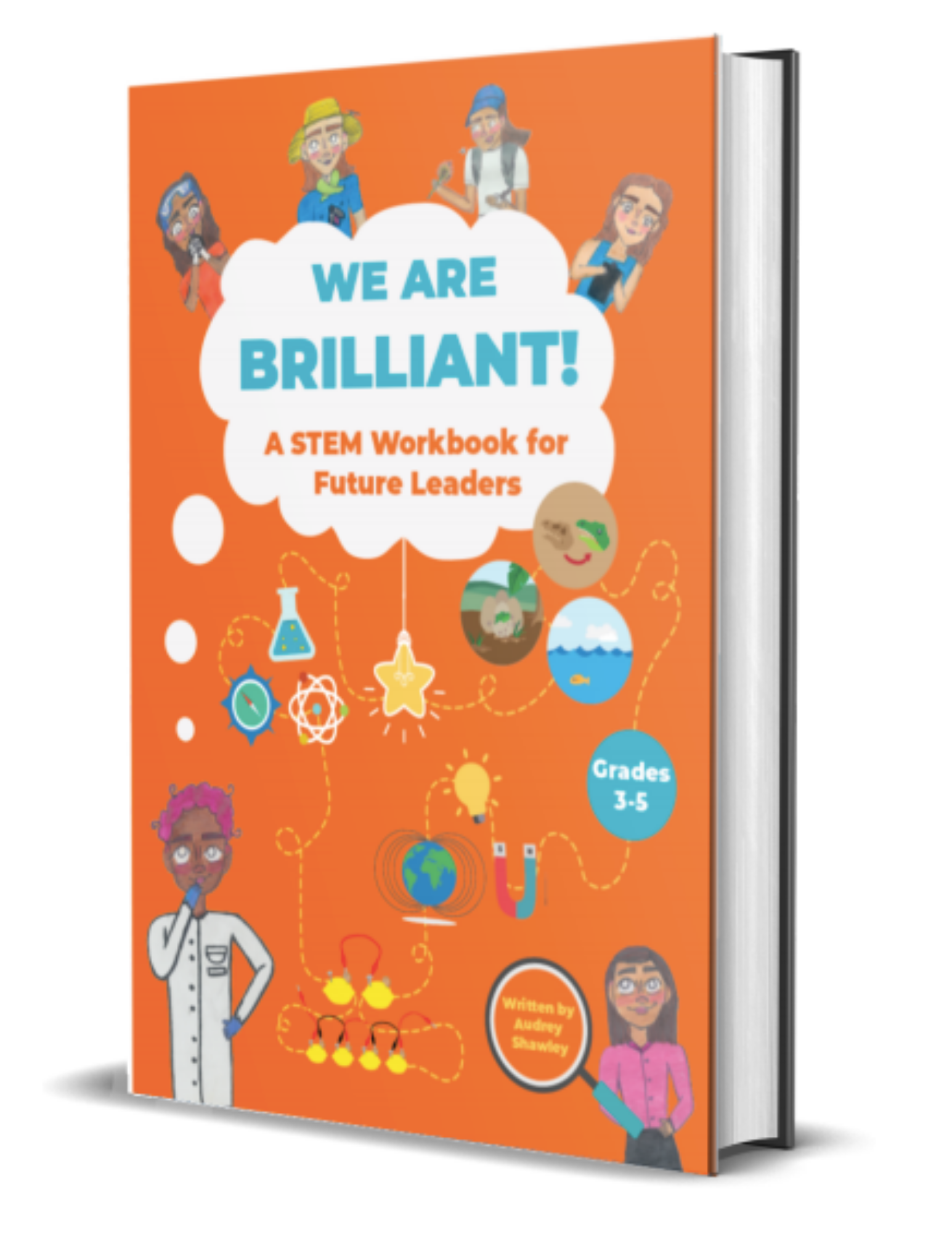Have you ever wondered why objects move? Turns out, this is a very big question in science! In this experiment, we will explore one of the three laws scientists use to study motion, called Newton’s third law. To test this law, we will build a wind-powered pinwheel and see how a force in one direction creates another force in the opposite direction!
Materials
Balloon
Rubber band
Sewing pin
Pencil with an eraser
Bendy straw
Time Estimated:
15 minutes
Directions:
Wrap the balloon around the bottom of the straw and use the rubber band to secure it. You should be able to blow up the balloon without it flying off.
Now, place the straw on top of the pencil’s eraser and have an adult attach it with the sewing pin. Careful, it’s sharp!
Bend the straw’s tip so it’s at an angle, and blow up the balloon. After it’s inflated, pinch the tip shut, so the air doesn’t escape.
Time for action! Hold the pinwheel so it won’t get caught on any obstacles, release the tip, and watch it go!
Let’s explore this further. Bend the straw’s tip at different angles and watch how the motion changes with each.
Think Like a Scientist!
Why does the balloon spin?
Why does the balloon stay still when the straw’s tip isn’t bent?
How Does it Work?
In this experiment, we created a pinwheel to explore Newton’s third law, which says that for every action, there is an equal and opposite reaction. When air exits the balloon, it travels down the straw and out in the direction of the tip, causing the pinwheel to move in the opposite direction. Here, the air is our action force, and the circular motion is the pinwheel’s reaction to this force! Now, notice that when the straw isn’t bent, air rushes out in a direction that is parallel to our straw (in the same direction). The balloon still wants to move, but it wants to go in a straight line instead of a circle. Because we are holding it, it remains at rest. To see this, you can also push on the straw from its side and compare its motion to when you push on the unbent tip. In the first case, it will move in a circle because the force is at an angle. However, when we push it lengthwise, it remains still because the hand we’re holding it with stops the motion.
Further Exploration:
Newton’s third law helps scientists understand the ways objects interact with each other. Let's consider the force needed to spin a merry-go-round. If we want it to spin, we will have to push on the bars from the side, applying force at an angle. If we tried to push it straight on, the merry-go-round wouldn’t move. The same principle applies to our pinwheel. To understand how a force will act on an object, scientists must determine the direction it is applied at.
Anticipated Concerns:
Since the sewing pin is sharp, we recommend having an adult handle it.
Looking for more fun at-home STEM activities for your young scientist? Check out our workbook full of exciting science experiments and empowering activities!
Learn more and purchase today!


